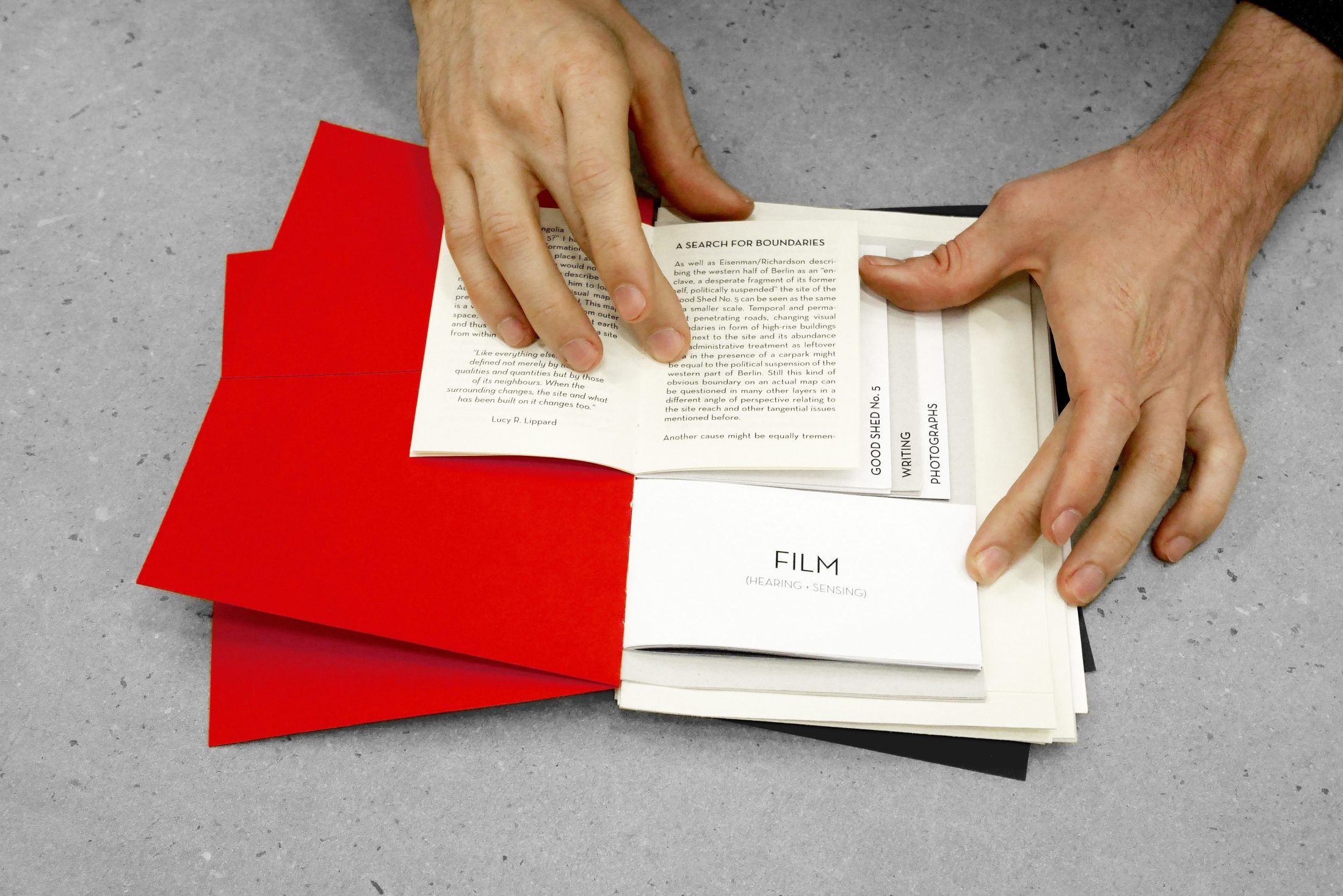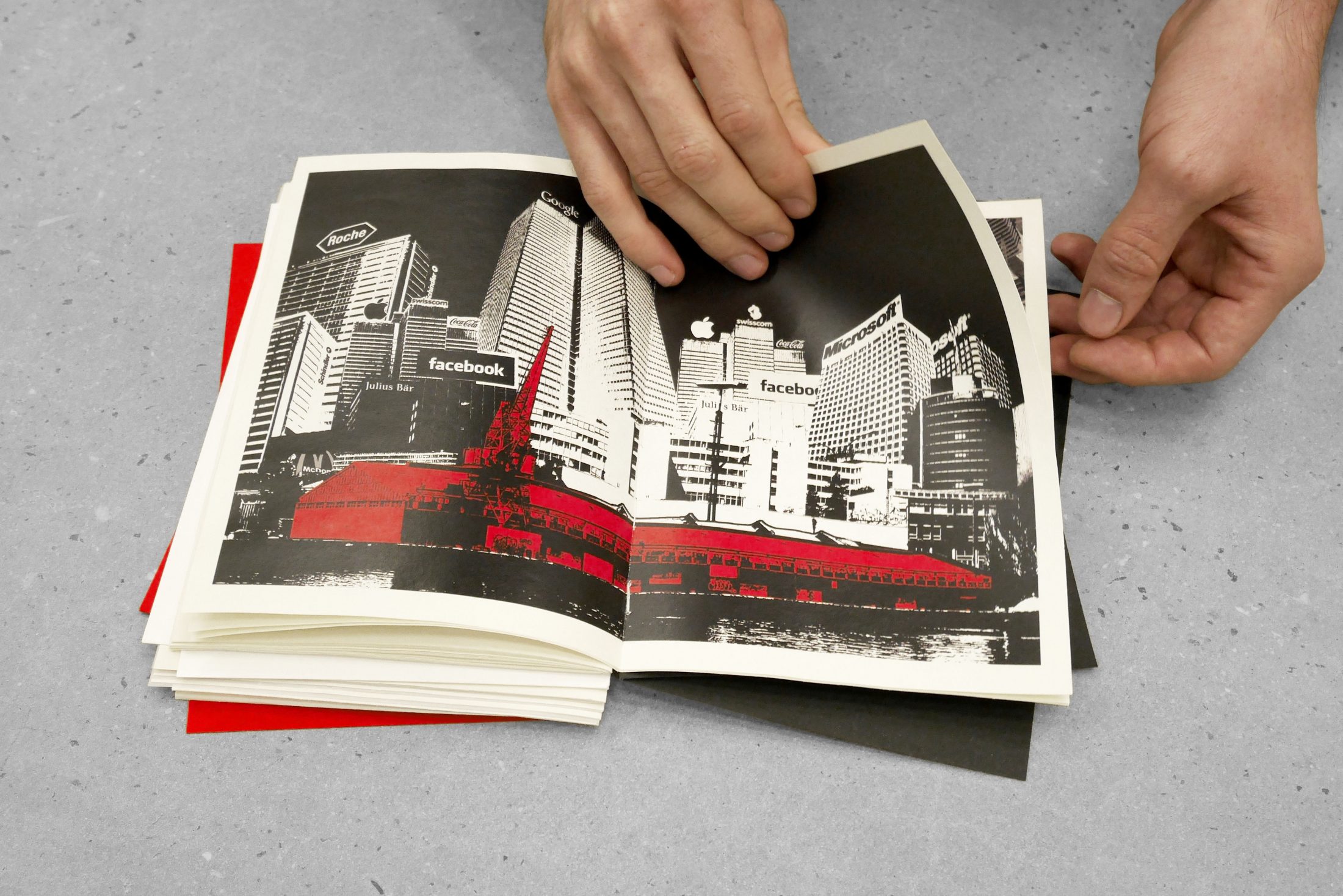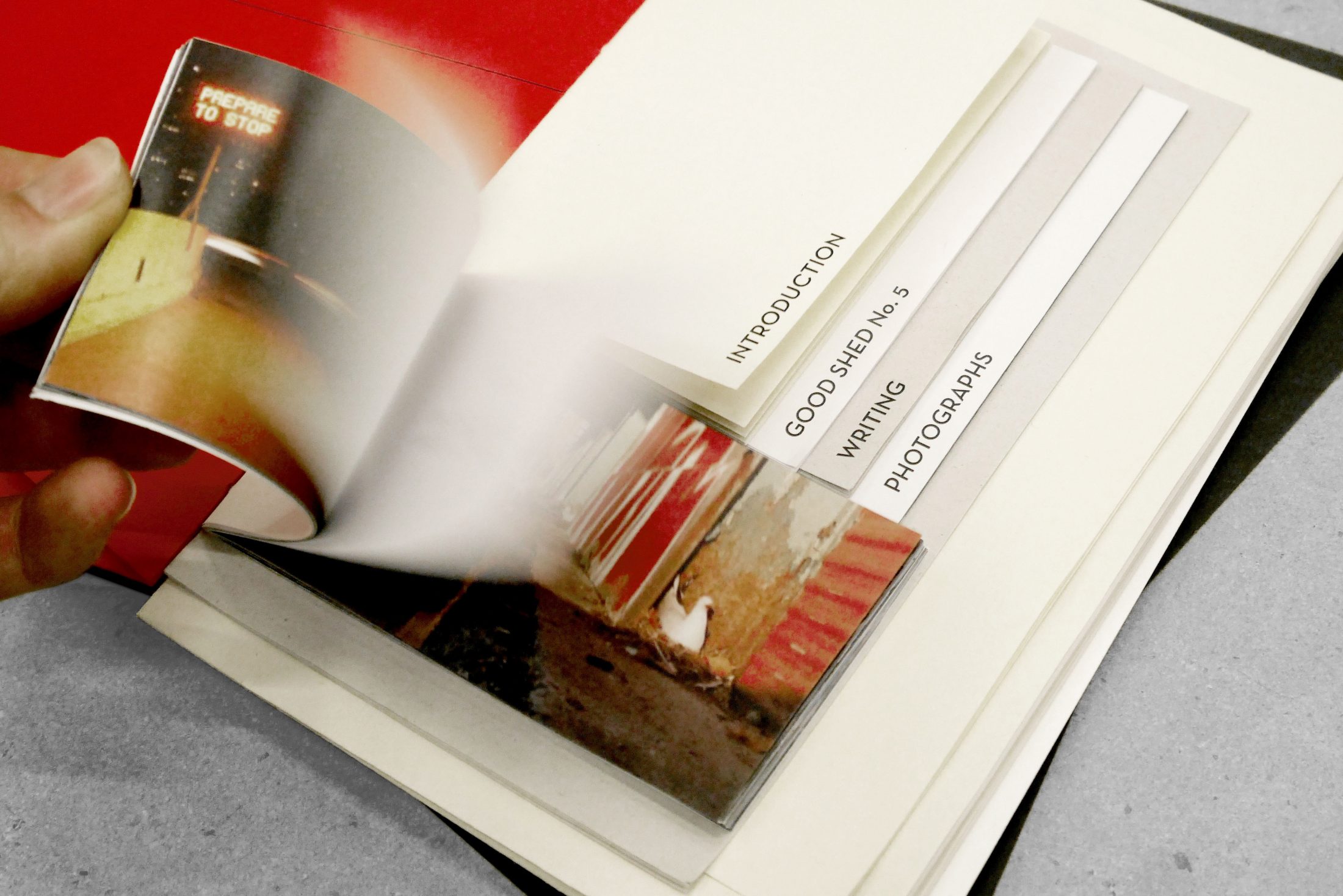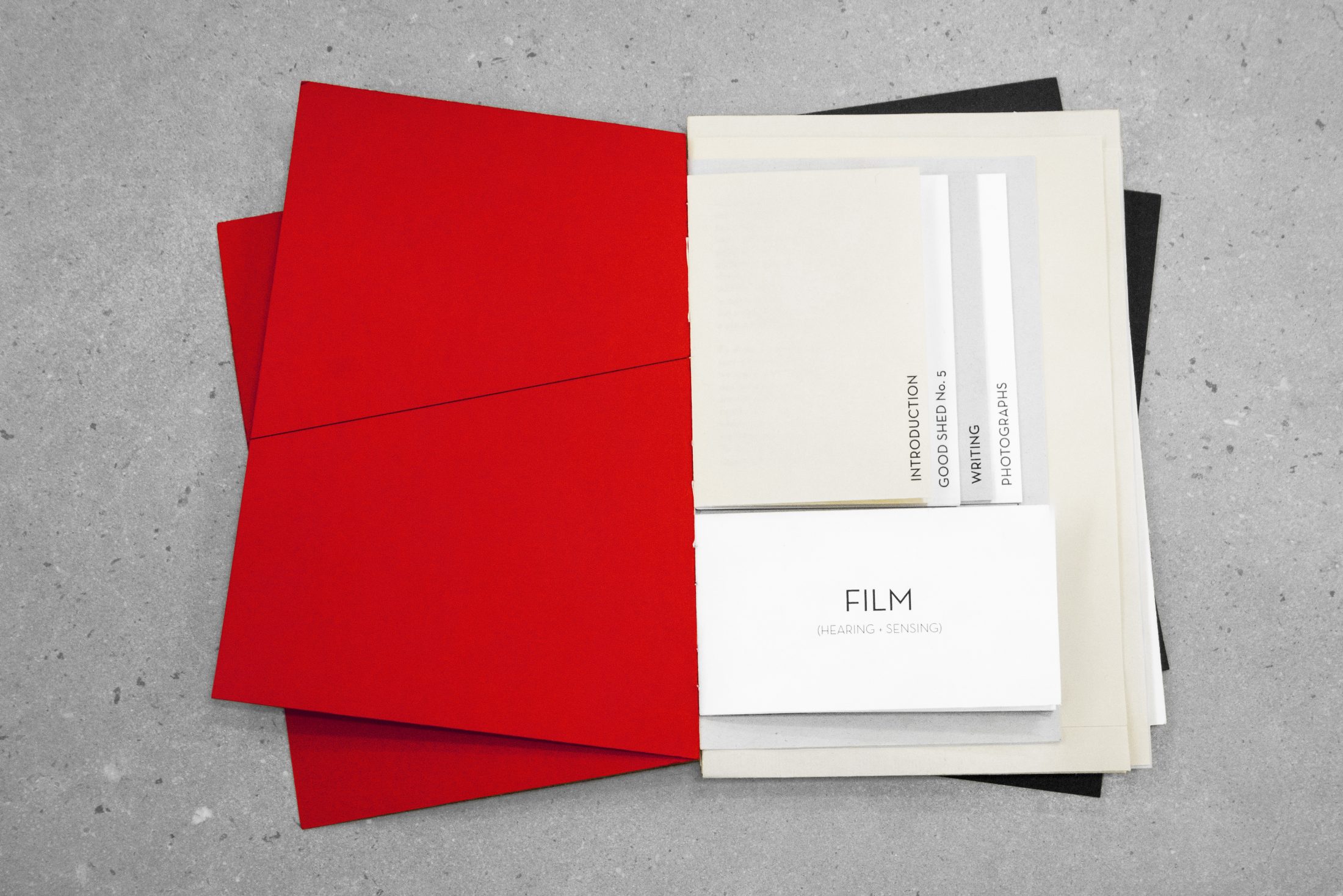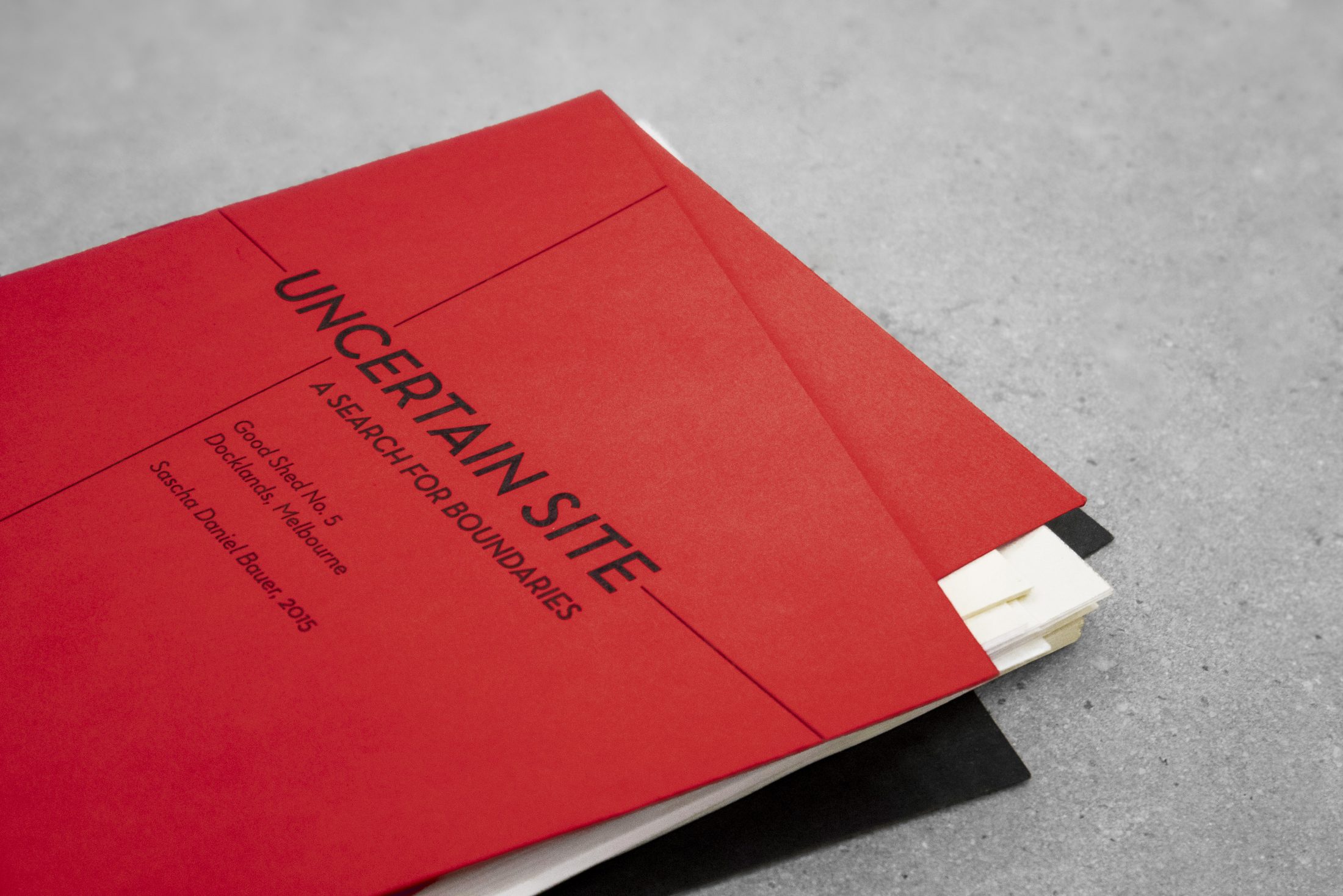Initiate our self to a new location will be accompanied with a lack of knowledge. The knowledge we carry with us about a certain location, place or site is usually a perception from a far distance. We intuitively collect necessary information on various scales until we are familiar with a site. So each individual perception of a site is linked to personal knowledge, culture, experience and needs.
To create knowledge of a site multiple layers and complex coherences must be investigated. Girot describes it as “the recovery of landscape will begin only when we are ready to reconcile our senses with our science.” By incorporating Guy Debord´s method of “derive”, the social discovery methods of Jane Jacobs and the morphological analysis method by Jan Gehl and others, a deep sense of the site around the Good Shed No. 5 in Melbourne can be discovered.
The morphological change of the site is apparently not of a huge relevance, but the change of the site’s neighbours – which describe the site – are undergoing tremendous change in the last two decades. As Kurt W. Forster describes Eisenman/Roberstcon´s investigation “City of Artificial Excavation” a site within the city is a continuous cycle of construction and destruction. The result is generating layer upon layer. This book is presenting the excavation of each layer separately in terms of historical, social, and morphological change.
The appearance of the book is again questioning the boundaries of a book itself. There are different brochures in this book representing different sets of data. Each brochure comes along with a specific introduction. Each brochure is cut to a specific size and according to the content the height and width are altered. Some of the brochures even don’t have straight rectangular edges and the cover is twisted to produce overlapping angles. To vanishing boundaries, the brochures are printed on different sort of paper: watercolour paper, copy paper, newspaper, tracing paper, etc. All brochures are bind together on one edge and by reading the books cover from left to right – what we usually do in western culture – the straight edge on the left is representing the common idea of a boundary as fixed and locatable straight line and the right hand part of the cover with its overlapping pages and brochures are representing the actual overlap of different boundary-sets on the site of the Good Shed No. 5.
